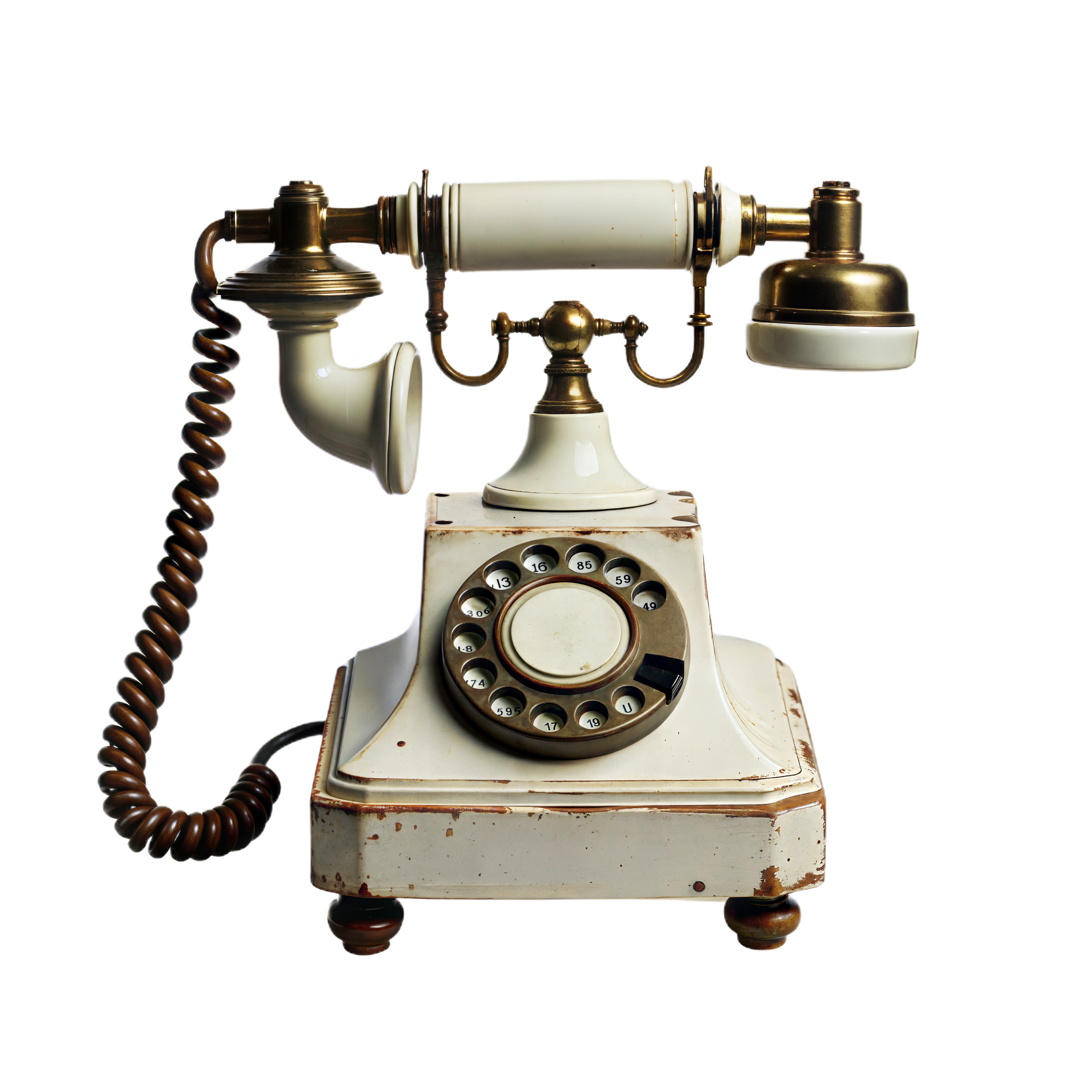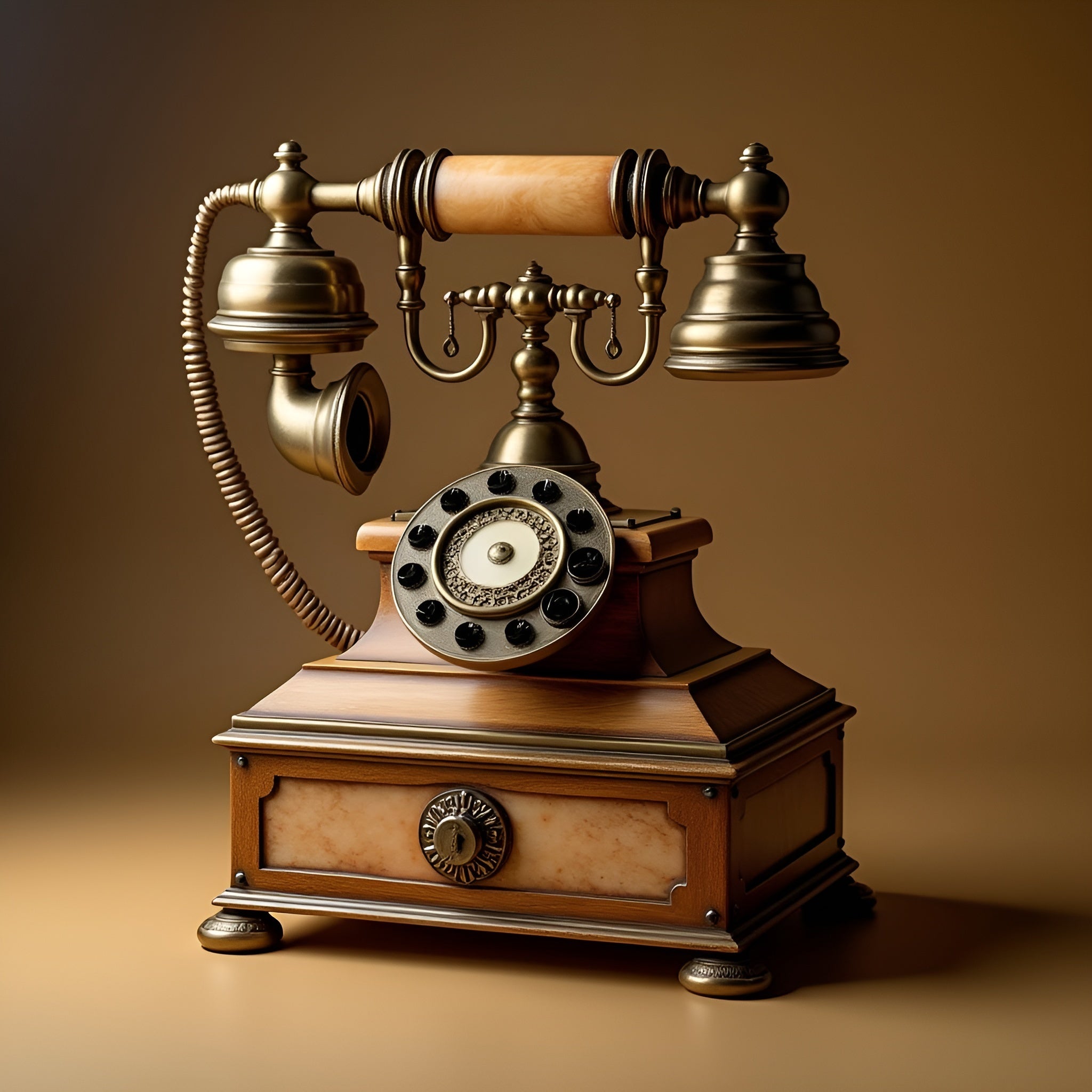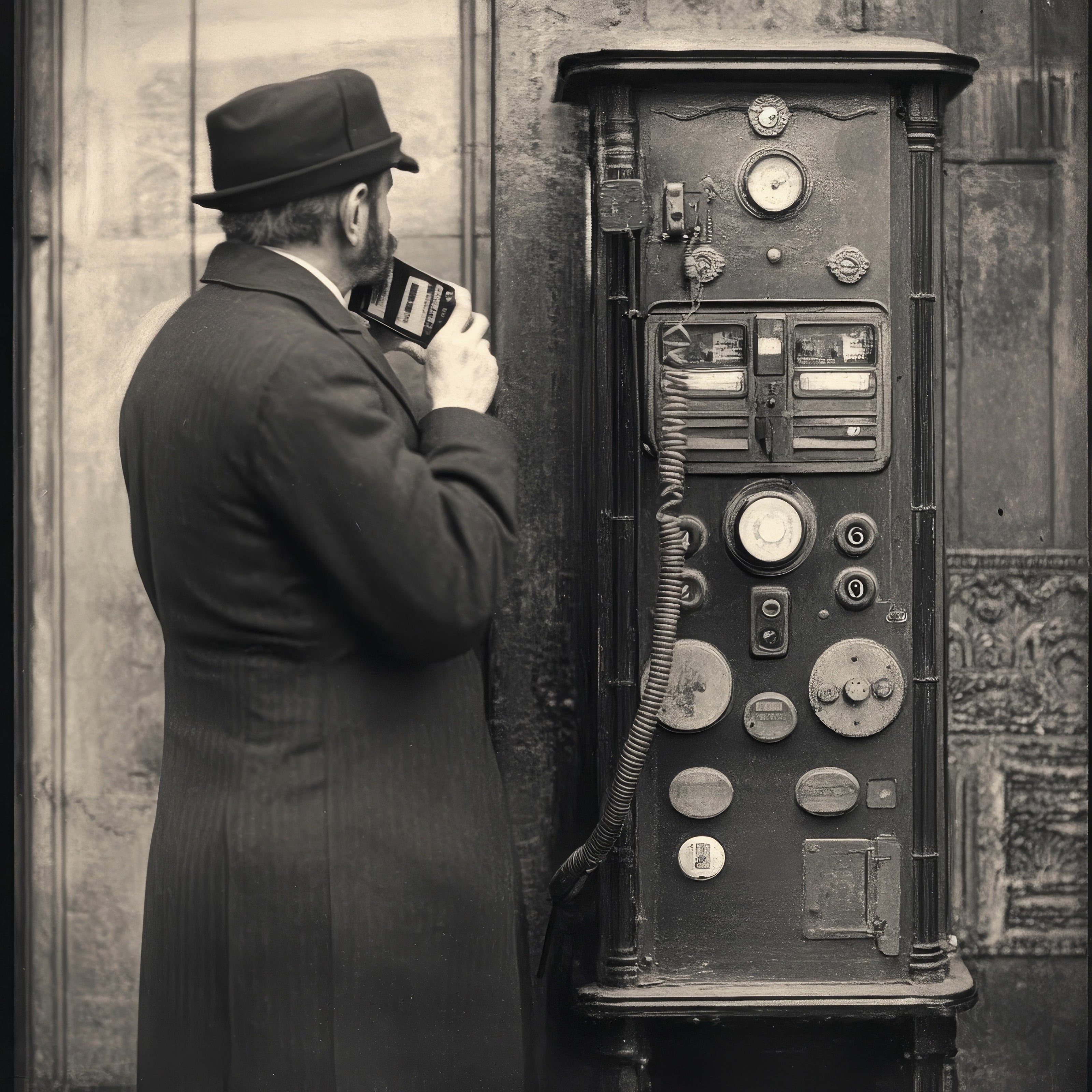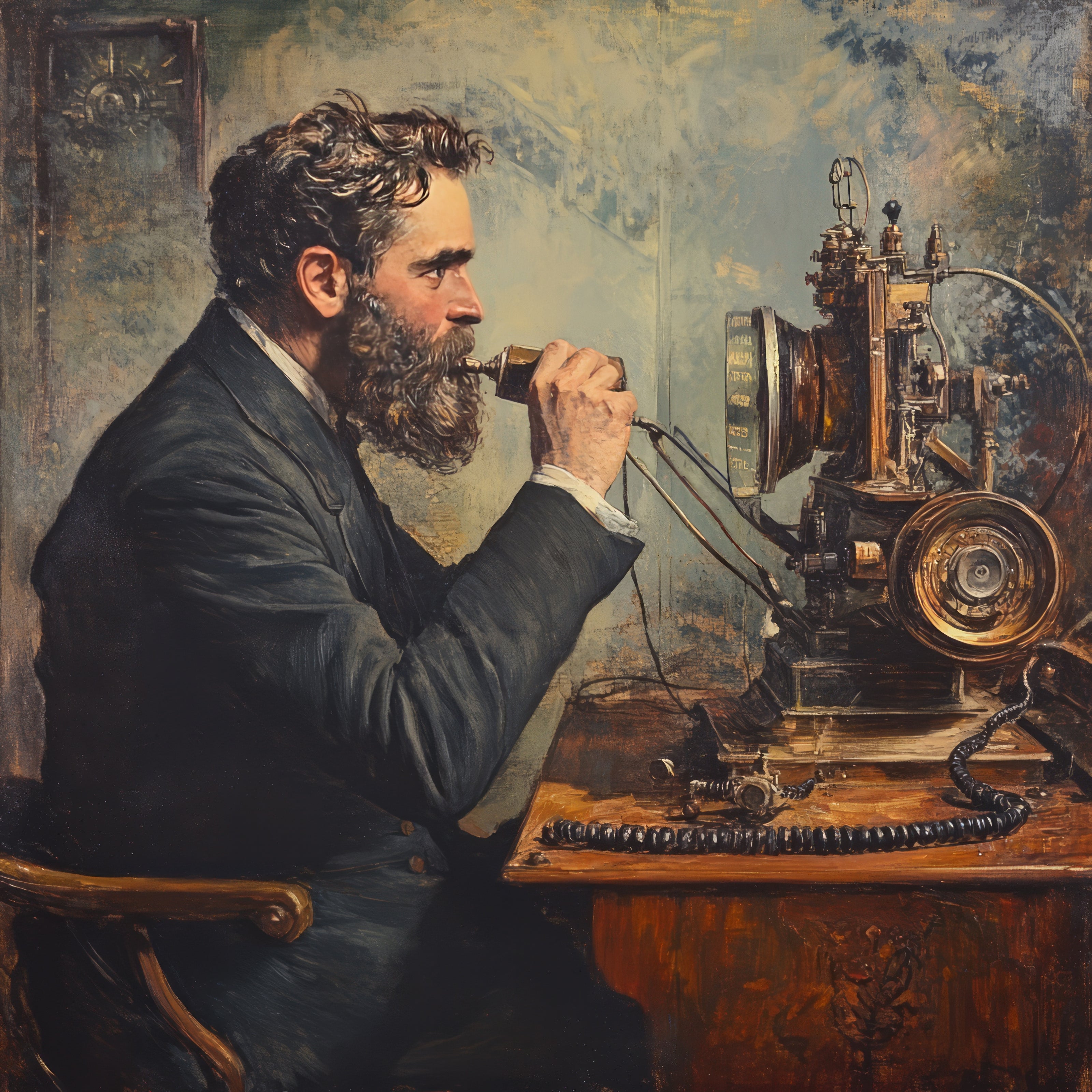
Telephones: Revolutionizing Communication
Telephones are one of the most transformative inventions in human history. They redefined how people connect across distances, shrinking the world and enabling real-time communication that was once unimaginable. From rudimentary prototypes to sleek smartphones, the story of the telephone is a journey of ingenuity, persistence, and groundbreaking innovation.
The Origins: Alexander Graham Bell and the First Call
The history of the telephone begins in the late 19th century. In 1876, Alexander Graham Bell patented the first practical telephone. Bell’s invention was inspired by his work with the hearing impaired and his experiments with harmonic telegraphy. His iconic words, “Mr. Watson, come here—I want to see you,” marked the first successful voice transmission.
Although Bell is widely credited as the inventor, other inventors like Elisha Gray and Antonio Meucci made significant contributions to early telephonic technology. Meucci, an Italian immigrant, demonstrated a voice communication device years before Bell’s patent, but his lack of resources prevented him from obtaining formal recognition.
Early telephones were simple devices that used wires and electricity to transmit sound. They featured crude transmitters and receivers, connected by wires to a central switchboard operated manually. This marked the dawn of telecommunication.
Innovation and Evolution
The telephone evolved rapidly over the next century, with each phase marked by technological breakthroughs.
- Candlestick Telephones (1880s-1920s):
The first widely used telephones were candlestick models, named for their slender design resembling a candlestick. These devices had a separate mouthpiece and earpiece and were connected to an operator who manually routed calls.
- Key Feature: Manual switching by operators to connect calls.
- Impact: Brought telephony into homes and businesses, making communication more accessible.
2. Rotary Dial Telephones (1891-1960s):
The invention of the rotary dial by Almon Strowger in 1891 eliminated the need for operator assistance. Users could directly dial numbers by turning a circular dial, where each number corresponded to a set of clicks.
- Key Feature: Automatic connection through mechanical switching systems.
- Impact: Increased speed and privacy in making calls.
3. Push-Button Telephones (1963-1980s):
The push-button telephone, introduced by Bell Systems in 1963, replaced rotary dials with a numeric keypad. This innovation was part of the Touch-Tone dialing system, which used dual-tone multi-frequency (DTMF) signals for faster and more efficient call routing.
- Key Feature: Numeric keypad with tone-based dialing.
- Impact: Simplified dialing and paved the way for automated systems like voicemail.
4. Cordless Telephones (1980s-1990s):
Cordless telephones freed users from being tethered to a single location. They used radio frequencies to transmit voice signals between the handset and base station, allowing mobility within a certain range.
- Key Feature: Wireless communication within the home or office.
- Impact: Enhanced convenience and multitasking during calls.
5. Mobile Phones (1990s-Present):
The transition from landlines to mobile phones began with devices like the Motorola DynaTAC 8000X in 1983. Early mobile phones were bulky and expensive, but subsequent innovations in cellular technology, battery life, and miniaturization made them widely accessible.
- Key Feature: Portability and network connectivity for calls on the go.
- Impact: Redefined personal and professional communication worldwide.
6. Smartphones (2007-Present):
The introduction of the iPhone in 2007 revolutionized telephony, turning phones into multi-functional devices with internet access, apps, cameras, and more. Today, smartphones are indispensable, combining communication with computing.
- Key Feature: Integration of telephony with digital technology.
- Impact: Changed the way we interact with the world, enabling instant global communication and access to information.
Cultural Impact and Usage
Telephones have been a cornerstone of societal change, influencing how we communicate in countless ways:
- Business: Telephones enabled faster decision-making and real-time collaboration across distances, fueling economic growth.
- Personal Connection: Families and friends stayed connected despite geographical barriers, fostering stronger bonds.
- Emergencies: Telephones became lifelines during crises, enabling quick response and saving lives.
- Globalization: Telecommunication paved the way for global businesses, diplomacy, and cultural exchange.
Interesting Facts About Telephones
The First Telephone Line: Installed in 1877, the first telephone line stretched between Alexander Graham Bell’s home and his workshop, a distance of 3 miles.
The Most Expensive Call: In 1927, the first transatlantic call between London and New York cost $75 for three minutes—a luxury equivalent to $1,000 today.
Landlines Today: While mobile phones dominate, landlines remain crucial in many regions, especially for reliability during power outages.
Why Telephones Matter Today
Despite the dominance of mobile devices, telephones remain symbols of human innovation and connectivity. They laid the foundation for modern communication technologies, reminding us of how far we’ve come in our quest to stay connected.
Discover the timeless charm of antique telephones and relive the era when every call was a marvel of human ingenuity.






